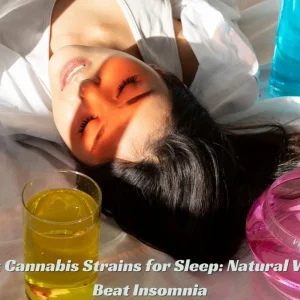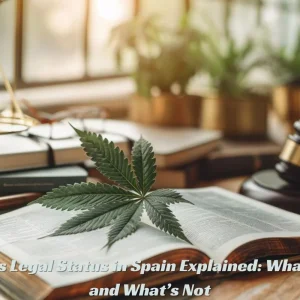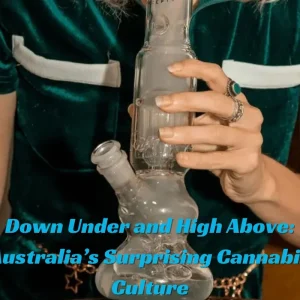Cannabis culture may be intimidating to those who are new to it. THC, cannabidiol (CBD), and marijuana (slang for the plant) are the principal actors in the marijuana industry, and it’s essential to know who they are as interest in the plant’s medical and recreational potential grows. This post offers a streamlined introduction to these parts and their distinctions.
Weed: The Plant
Weed, commonly known as marijuana or cannabis, is a plant with a long history of cultural and medicinal significance. It has many different chemicals, but tetrahydrocannabinol (THC) and cannabidiol (CBD) are the main ones. Both THC and CBD interact with the endocannabinoid system, although in different ways. You can buy the best weed pen.
THC (Tetrahydrocannabinol)
Marijuana’s psychotropic ingredient is called THC. The “high” experience from using marijuana is due to this molecule. Consumption of THC causes changes in perception, mood, and a general sense of well-being via binding to cannabinoid receptors in the brain.
Furthermore, it is available in a wide range of products for easier consumption such as THC Vapes, edibles, tinctures, flowers, prerolls, etc.
Some Key Points About THC:
- Because of its well-known psychoactive effects, people widely use THC for recreational purposes.
- Relaxation, joy, and even a burst of inspiration are just some of the effects of euphoria.
- One of the negatives is that it can impair short-term memory and coordination, so driving while under the influence is severely advised.
CBD (Cannabidiol)
CBD, which is present in marijuana, does not cause intoxication. It’s preferable for people looking for the possible medical advantages of cannabis without the intoxicating effects of THC because it doesn’t induce the “high” associated with THC.
Some Key Points About CBD:
- CBD, unlike THC, does not produce intoxication or other psychoactive effects, making it useful in various medicinal settings.
- CBD’s therapeutic potential is promising, with preliminary studies showing it can alleviate symptoms of epilepsy, anxiety, pain, and inflammation.
- Hemp-based CBD (cannabis with a low THC level) is allowed in many jurisdictions; nevertheless, restrictions vary widely.
Critical Differences Between The Products
- The degree to which THC and CBD produce psychotropic effects is the primary distinction between them. CBD does not have the same psychoactive effects as THC.
- CBD can cure illnesses including epilepsy, chronic pain, and anxiety; therefore, people frequently see it as the more medical one of the two. Medical applications of THC focus on the compound’s anti-nausea and appetite-boosting properties.
- The position of THC under the law differs significantly. Some jurisdictions have decriminalized its medicinal and recreational uses, while others have not. CBD is legal in many places, especially when it comes from hemp.
Weed Varieties
The THC and CBD levels, fragrance, and effects of marijuana vary significantly amongst strains. Hybrid strains combine characteristics of both Indica and Sativa plants.
- Indica: The calming, tranquil properties of Indica strains are well-known. Their excellent CBD content makes them ideal for relieving pain, calming anxiety, and putting you to sleep.
- Sativa: The increased THC level of sativa strains makes them energetic and uplifting. Increased innovation, concentration, and sociability have all been attributed to them.
- Hybrid: Strains that combine Indica and Sativa provide the best of both worlds. Depending on the strain, the effects may be slightly different.
Conclusion
Anyone thinking about using marijuana, whether for enjoyment or medicine, would be well to familiarize themselves with the nuances between THC, CBD, and weed. THC causes the “high,” while CBD does not produce intoxication but may have therapeutic use. Different types of marijuana have different impacts. How you consume it and its legal status will also significantly impact your region. The first step toward a secure and enjoyable experience with cannabis is knowledge, whether your goal is relaxation, medicinal relief, or simply exploration. When in doubt about how to use cannabis legally and safely, it’s best to get advice from a doctor.





